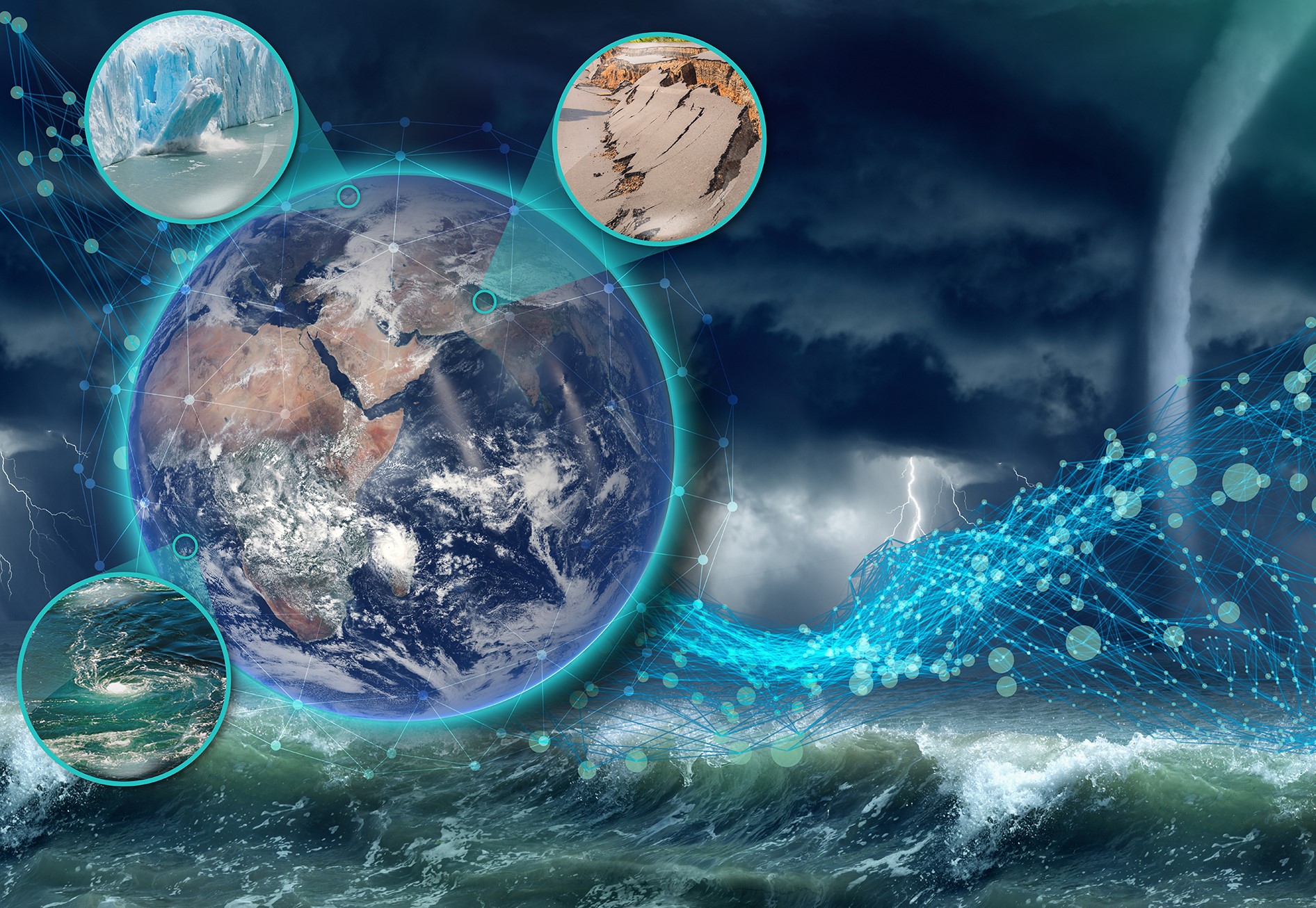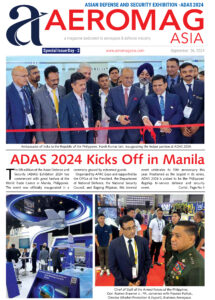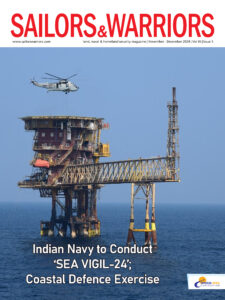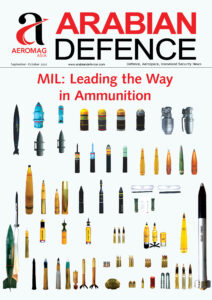
Thales Alenia Space, a joint venture between Thales (67%) and Leonardo (33%), has signed a contract with OHB to develop two Earth observation Synthetic Aperture Radar (SAR) instruments for the Harmony constellation, part of ESA’s 10th Earth Explorer mission. The mission is slated for launch aboard a Vega-C rocket by 2029.
Leveraging its extensive experience in radar-based Earth observation satellites, Thales Alenia Space will lead a diverse European industrial consortium to design, develop, and validate the C-Band SAR instruments. The company will also provide the C-Band digital electronics and antenna tiles for both Harmony satellites.
“This contract confirms Thales Alenia Space’s longstanding and recognized experience in manufacturing Earth observation satellites based on radar technology,” said Giampiero Di Paolo, Senior Vice President of Observation, Exploration, and Navigation at Thales Alenia Space. “The development of the two radar instruments will allow Thales Alenia Space to make a significant technological and architectural step forward, improving the competitiveness of SAR products in both the institutional and commercial Earth observation markets.”
Thales Alenia Space has been instrumental in the preparatory phase for Harmony, assisting ESA in defining a high-performance solution that meets the mission’s scientific objectives while developing essential SAR enabling technologies.
About 10th Earth Explorer Harmony Mission
Earth Explorer missions are a key component of ESA’s Earth Observation FutureEO Programme, focusing on scientific research and data collection to better understand our planet and anticipate future changes. These missions are essential for advancing scientific knowledge and promoting environmental balance for a sustainable future. Each mission incorporates cutting-edge space technology, showcasing how innovative methods can yield valuable insights into our world.
The Harmony mission, in conjunction with the Sentinel-1 satellite, will deliver unique data on ocean–ice–atmosphere interactions at an unprecedented resolution. This will enhance our understanding of upper-ocean heat exchanges, the factors driving extreme weather, and the long-term effects of climate change.
Additionally, Harmony will provide insights into the deformation and flow dynamics at the rapidly changing edges of ice sheets, contributing to a better understanding of sea-level rise. It will also track small shifts in land shape caused by earthquakes and volcanic activity, aiding in risk monitoring.
The Harmony mission includes two bistatic passive Synthetic Aperture Radar (SAR) receive-only satellites, complemented by a Thermal Infrared (TIR) optical payload. These satellites will operate in loose formation with Sentinel-1, using it as an illuminator and enhancing observations with a multi-static configuration for direct measurements of surface velocities, thus making a significant contribution to Earth Observation capabilities.











